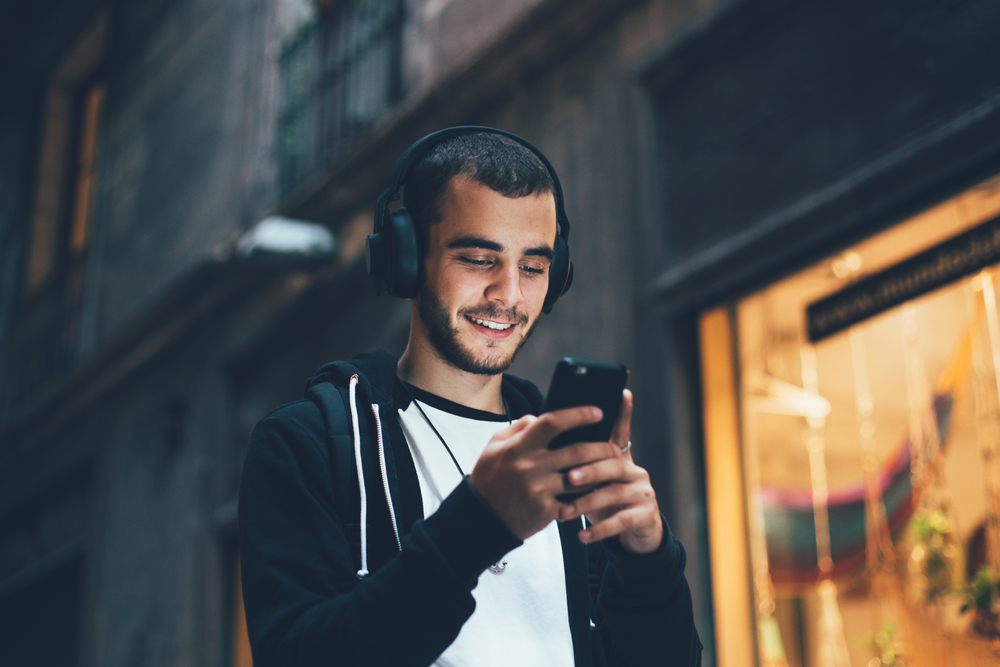
James is a music enthusiast who has excelled in the art of incorporating his favored music into his daily life, effortlessly shifting from Spotify at his work-desk to Pandora during his runs, and carefully crafting playlists to beautifully complement every activity, whether he’s pumping iron, cooking a meal, or immersed in a gaming session. He’s rarely observed without his headphones, which have become an important part of his day-to-day life, turning every moment into an individualized audio experience. However, while James finds solace and joy in the immersive world of music, the very thing he loves could be silently weakening his precious sense of hearing.
There are safe ways to enjoy music and ways that are more risky to your hearing health. Unfortunately, a lot of us lean towards the second option.
What is the link between prolonged exposure to music and hearing damage?
As time pass, loud noises can bring about deterioration of your hearing abilities. We’re used to thinking of hearing loss as a problem related to aging, but more and more research reveals that it’s actually the accumulation of noise-related damage that is the concern here and not anything intrinsic in the aging process.
It also turns out that younger ears are especially susceptible to noise-related damage (they’re still forming, after all). However, teenagers tend to ignore the potential risks of excessive noise over time. A growing number of young people are experiencing hearing loss due to frequent use of loud headphones.
Is it possible to enjoy music safely?
Listening to music at full blast with no limitations is the most dangerous strategy. But there is a safe(er) way to enjoy your music, and it typically involves turning the volume down. The general guidelines for safe volumes are:
- Adults should restrict their device listening time to 40 hours or less and ensure the volume remains below 80 dB.
- For Teens and Minors: You can still listen for 40 hours, but keep the volume level below 75 dB.
Breaking it down, you’re dealing with about 5 hours and 40 minutes of listening each day. That seems like a lot, but it can go by relatively quickly. Despite this, the majority of people have a well-developed awareness of time management, a skill that is generally mastered during early childhood.
The more challenging part is monitoring your volume. On the majority of smart devices, computers, and televisions, volume is not computed in decibels. Its value is established using a somewhat subjective or relative scale. The range could be as wide as 1 to 100, or it might be as small as 1 to 16. You might be unaware of the maximum volume capacity of your device or how close you are to reaching that limit.
Tips for effectively keeping track of your music volume
Several free noise monitoring apps can be downloaded for both iPhone and Android devices to address this problem. These apps supply real-time information into ambient noise levels, empowering users to adjust their music volume appropriately.
For this reason, many audiologists recommend using one of the numerous noise level monitoring applications available at no cost. These apps– widely available for both iPhone and Android devices– will give you real-time readouts on the noises around you. That way, you can monitor the dB level of your music in real time and make adjustments.
Comparing relative volumes: from garbage disposals to dishwasher
By way of example, 80 dB is approximately equivalent to the noise emitted by a common garbage disposal or dishwasher– audible, yet not excessively loud. Identifying this volume level is important because it marks the point at which hearing loss becomes a real and tangible concern.
It’s important to exercise increased vigilance when noise levels surpass this critical point. Think about reducing your exposure to exceedingly loud music by listening to specific songs at the highest volume instead of listening to entire albums.
Extended exposure to loud sounds can result in hearing issues, including ringing in the ears, or tinnitus, and potentially permanent damage to one’s hearing. By remaining aware of when our ears venture into the danger zone, we enable ourselves to make educated choices, with the paramount goal of fostering safer listening practices.
Book an appointment for a hearing assessment
To further prioritize your auditory health, think about reaching out to a hearing specialist to set up a thorough hearing test. Taking proactive actions like consistent screenings can pinpoint possible problems at an early stage, enabling quick actions and tailored advice to protect your valuable hearing.